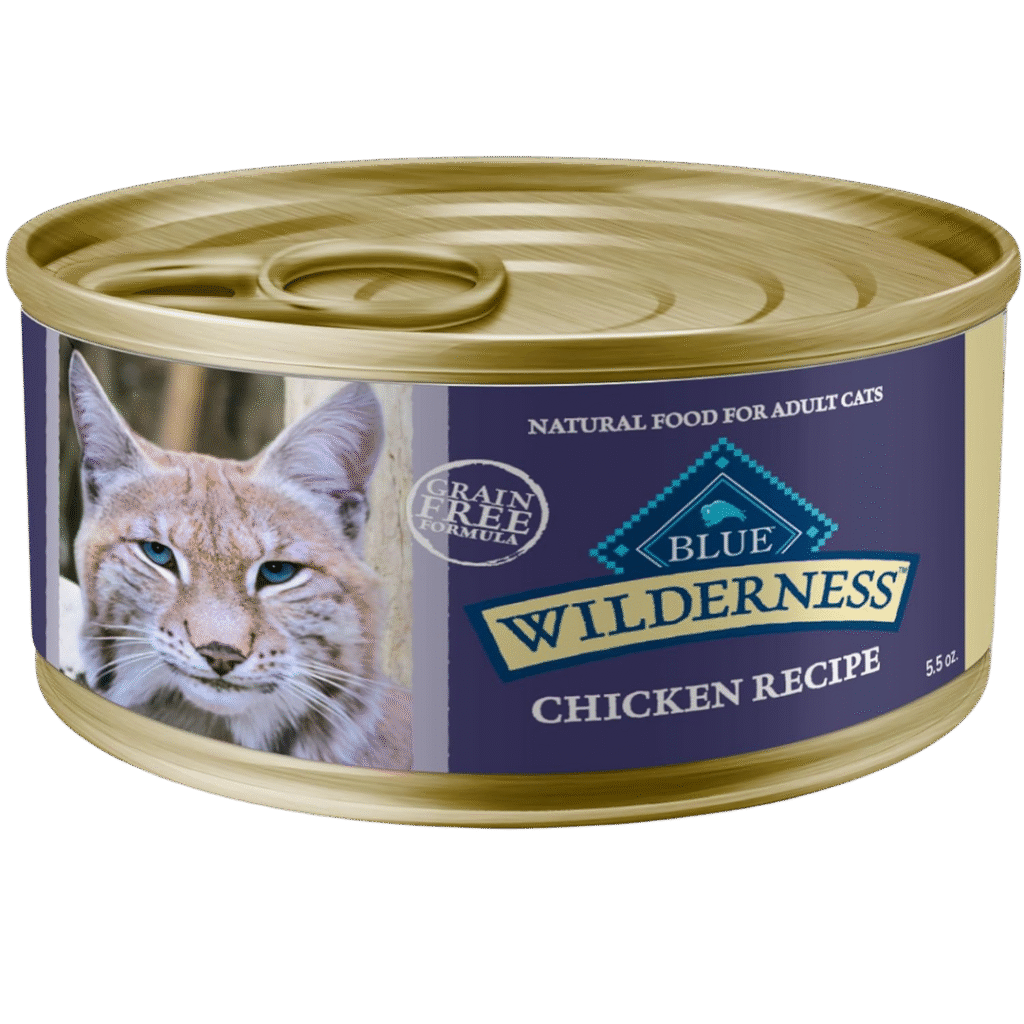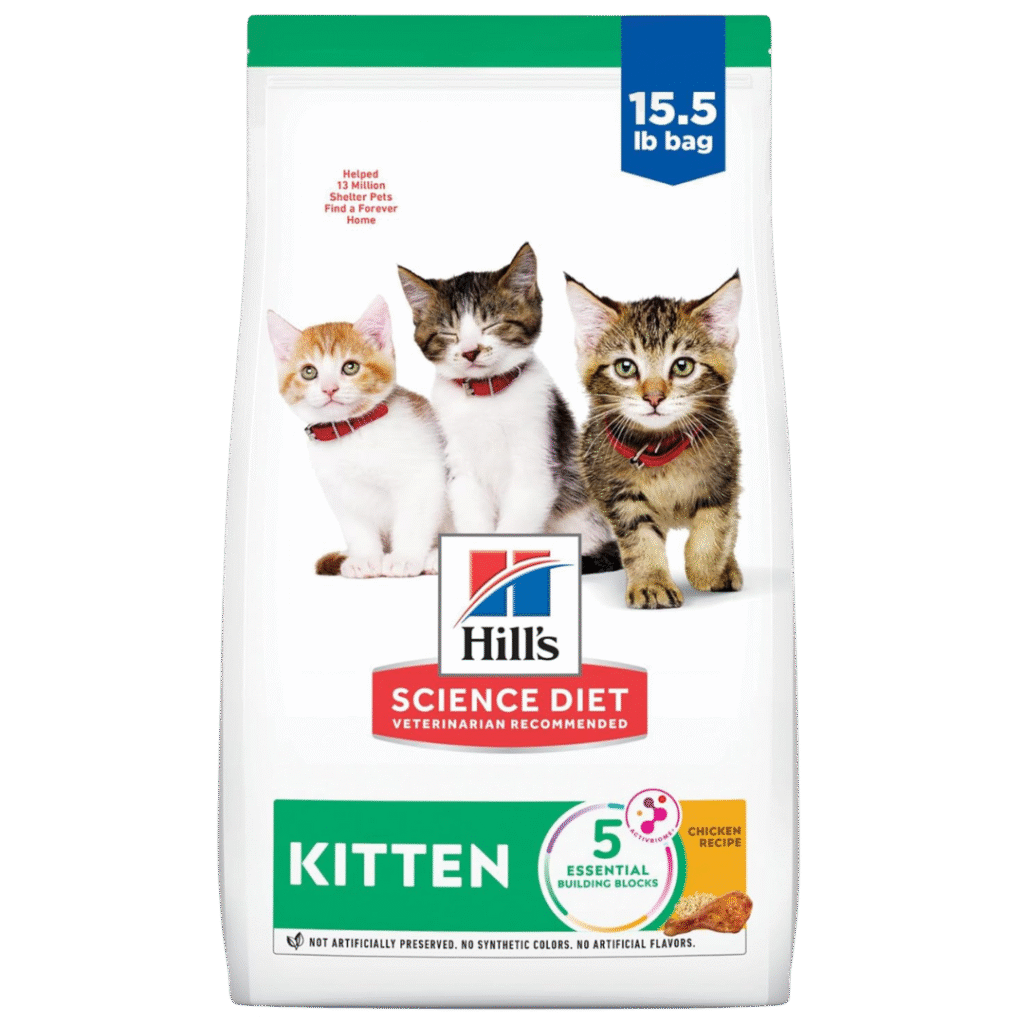Why Choosing the Right Cat Food for Pregnant Cats is Crucial for Healthy Kittens
Pregnancy is one of the most nutritionally demanding times in a cat’s life. Her body is working overtime to support not only her own health but also the development of her kittens. What you feed her during this period has a direct effect on the health, growth, and survival of her litter. That’s why choosing the best food for pregnant cats is critical.
This guide breaks down what makes food suitable for pregnant cats, which nutrients matter most, top wet and dry food recommendations, how to transition her to new food, and common feeding mistakes to avoid.
Not sure how much to feed her? Start with this guide: How Much Cat Food Should I Feed?
Understanding the Nutritional Needs of Pregnant Cats
A pregnant cat’s nutritional needs are quite different from her pre-pregnancy diet. She’s not just eating more — she needs better quality food rich in protein, fats, and micronutrients.
The Importance of Protein
Protein is the building block for growing kittens and maintaining the mother’s lean muscle mass. Look for foods that list real meat like chicken, turkey, or salmon as the first ingredient. A protein content of at least 30% in dry food or 10% in wet food is recommended.
For more details, see High-Protein Wet Cat Food
Essential Fatty Acids
Omega-3 fatty acids, especially DHA, play a critical role in fetal brain and eye development. Foods containing fish oil, salmon, or flaxseed are great sources of these nutrients. DHA is especially crucial during the final weeks of pregnancy and while nursing.
Vitamins and Minerals
- Calcium & Phosphorus: Essential for fetal bone development.
- Iron: Prevents anemia in the mother.
- Folic Acid: Helps prevent birth defects.
- Taurine: A must for fetal heart and vision development.
Find nutrient-dense picks at Best Cat Foods
Top Wet Foods for Pregnant Cats
Wet food is easier to eat, more hydrating, and tends to be more appealing for cats with reduced appetite due to pregnancy. It also ensures your cat stays hydrated — crucial for healthy milk production and digestion.
1. Wellness CORE Grain-Free Turkey & Chicken Liver Pâté
Why It Stands Out:
Wellness CORE delivers premium nutrition that’s biologically appropriate for cats, especially during reproduction. It contains high-quality turkey and chicken liver for complete protein, along with salmon oil for omega fatty acids and DHA.
Key Nutritional Features:
- 12% protein (wet food standard)
- No grains, soy, or meat by-products
- Rich in taurine, vitamins A and E
- Carrageenan-free and low in carbs
Ideal For:
Cats in the second and third trimester when fetal development peaks and energy needs spike. Its rich flavor also helps encourage eating in cats with morning sickness or food sensitivity.
Extra Tip:
Pair this food with a small serving of high-quality dry food for balanced nutrition.
2. Blue Buffalo Wilderness Chicken Recipe Wet Cat Food
Why It Stands Out:
Inspired by the diet of wild felines, Blue Buffalo’s formula uses real chicken as the primary protein source. It’s grain-free and includes LifeSource Bits — a proprietary blend of vitamins, minerals, and antioxidants selected by veterinarians.
Key Nutritional Features:
- 10.5% protein
- Taurine-rich with added DHA
- Free from corn, wheat, and soy
- Moisture content supports hydration
Ideal For:
Cats that need a strong immune boost or are recovering from poor nutrition prior to pregnancy. Its soft texture is perfect for smaller breeds or cats with dental issues.
If you’re feeding older pregnant cats, check out Best Soft Dry Cat Food for Older Cats
Best Dry Foods for Pregnant Cats
Dry food is convenient and calorie-dense. Many high-quality kibbles are formulated to meet the needs of both pregnant cats and kittens, making them versatile and long-lasting.
1. Royal Canin Mother & Babycat Dry Cat Food
Why It Stands Out:
Specially formulated for gestating and lactating queens, this Royal Canin recipe contains high-energy content, digestible proteins, and prebiotics to support digestive health.
Key Nutritional Features:
- 31% protein
- Antioxidants and vitamin E for immunity
- DHA from fish oil for brain development
- Kibble texture easy for mothers to chew
Ideal For:
Cats in late pregnancy and postpartum. It supports kittens transitioning to solid food, too — so it’s perfect if you plan to feed both mom and kittens the same food.
Pro Tip:
Leave this food out for free-feeding during the final weeks of pregnancy and while nursing.
2. Hill’s Science Diet Kitten Healthy Development
Why It Stands Out:
Though labeled for kittens, this food meets the nutritional needs of pregnant and nursing cats with high levels of DHA, essential fatty acids, and easily digestible ingredients.
Key Nutritional Features:
- 33% protein
- Enriched with calcium, antioxidants, and taurine
- No artificial preservatives or colors
Ideal For:
Cats prone to digestive upset or with sensitive stomachs. Its gentle formula reduces vomiting and soft stool, common issues in pregnant cats.
Also helpful for mature queens: Best Food for Elderly Cats
How to Transition Your Pregnant Cat to a New Food
Cats don’t always welcome change, especially during pregnancy. A gradual transition prevents gastrointestinal issues and increases acceptance.
Gradual Transition Plan
- Days 1–2: 25% new food, 75% current food
- Days 3–4: 50/50 mix
- Days 5–6: 75% new food, 25% old food
- Day 7+: 100% new food
Mixing the new food with her favorites helps create a smoother shift.
Signs of Trouble
- Loose stool or diarrhea
- Vomiting
- Lack of appetite
Learn how to troubleshoot food reactions at Why Is My Cat Vomiting Undigested Food?
Common Feeding Mistakes to Avoid
Even with the right food, feeding mistakes can affect your cat’s health.
Feeding Too Much or Too Little
Overfeeding can lead to weight gain and birthing difficulties. Underfeeding risks malnutrition and low birth weights. Track your cat’s weight weekly and adjust portions based on her energy levels and vet guidance.
Managing weight? Try Best Cat Food for Overweight Cats
Neglecting Hydration
Pregnant cats need extra water for amniotic fluid, digestion, and milk production. If she doesn’t drink from a bowl, try:
- Adding broth to food
- Offering a pet fountain
- Feeding wet food daily
Set up a clean space using a Cat Food Mat
Conclusion: The Best Cat Food for Pregnant Cats
Pregnancy is a critical time for both the queen and her unborn kittens. Feeding her the best cat food for pregnant cats ensures a healthy pregnancy, a smoother birth, and stronger kittens.
Key Takeaways:
- Choose high-protein, DHA-rich foods with essential vitamins and minerals.
- Use both wet and dry food to cover hydration and calorie needs.
- Transition foods gradually over a week.
- Avoid common mistakes like underfeeding or skipping hydration.
- Consider your cat’s breed, age, and any allergies for customized care.
Supporting your cat with the right food isn’t just good pet parenting — it’s an act of love that affects generations.







